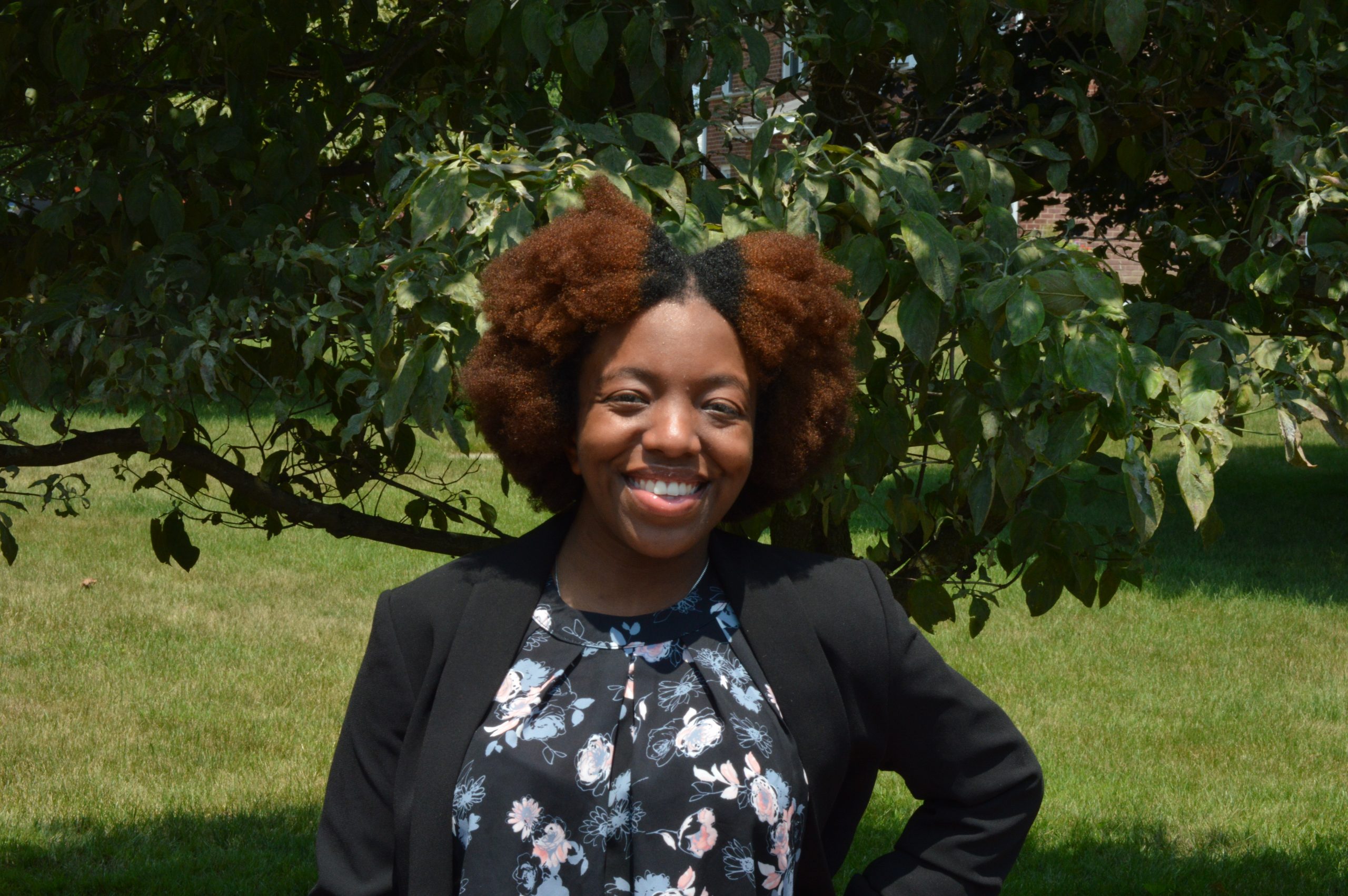In New York City’s 472 train stations, you might find litter, people huddled in groups, and of course homeless people. In a city with over 8 million people, homeless people are a huge part of the population. And in the winter, it is hard to find a train station without them. There are many problems with the Metropolitan Transportation Authority (MTA), and those who live in low-income communities. But the MTA’s main priority has been its attack on homeless people.
New Policies
New policies introduced within the system greatly affect the homeless. Since the 1930s, the homeless population in New York City has been the highest it’s ever been. New York City only calculates those who reside within shelters. There are thousands of homeless people in New York City that are still unaccounted for. 1
Recently, in response to crime within train stations, the MTA has introduced 500 NYPD and MTA cops. Although the MTA claims they lost an estimated 200 million from fare evasion, the price of the additions within stations cost 249 million. According to the MTA, any violation may result in imprisonment, an effect that mostly harms the homeless. The use of police force as a means to remove the unhoused from train stations impacts others as well. 2
A new implementation within train stations is becoming anti-homeless. Benches removed on train platforms affect the homeless and disabled or pregnant people. The modification of benches with divisions and spikes added to the train station designs prevents homeless people from laying down. New policies – including no person may remain in a station for more than 90 minutes, no one can remain in a station if a train is out of service in that station, shutting down overnight train service, and a ban on certain sized wheeled carts – are all rules that affect the homeless the most.
The Real Problem
While government officials view the homeless as a transit problem, they overlook the housing problem that New York City has. Hiring more police will not fix that. Homeless people are sent to hospitals and are discharged back to the street or packed into crowded shelters. During the pandemic, the city doubled the cleanups of public homeless camps despite the CDC stating not to. They choose stations now more than ever due to poorly conditioned shelters.3 There are systemic problems with public transportation that go beyond regular fare evasion.
A Solution
In this individualistic society there is this mentality that if it does not affect us then it is not our problem. New York City is a conglomeration of different cultures, races, and lifestyles. Each one deserving of respect and protection. As an outsider, watching is heartbreaking. As someone who has heard the personal stories from my brother it is even more saddening imagining to how brutal the winters truly are. And now it is even worse. With the MTA’s new policies putting NYC’s homeless population, a population that is the most forgotten about, most looked down upon, and most ignored, in danger with COVID-19. By breaking down the problems of class within the system, a system that criminalizes both homelessness and poverty, there should be more effective solutions to fix the problem. Instead of using criminal means as a solution to control the homeless population, a better solution with the 249 million would be more shelters to both fix overcrowding and aid those affected by coronavirus. It would help both the transit and housing issues.
1The Coalition for the Homeless, Basic Facts about Homelessness: New York City, The Coalition for the Homeless, Last viewed March 6, 2021
2Ben Chapman and Tyler Blint-Welsh, Protests of Policing in New York City Subway Lead to Arrests, The Wall Street Journal, Last viewed March 6, 2021
3Andy Newman, N.Y.C. doubled ‘cleanups’ of homeless encampments last year, despite C.D.C. guidance to let them be, The New York Times. Last viewed March 6, 2021.




